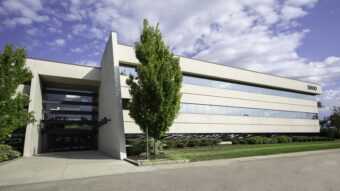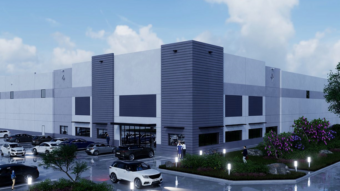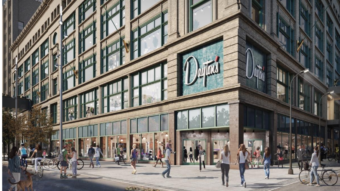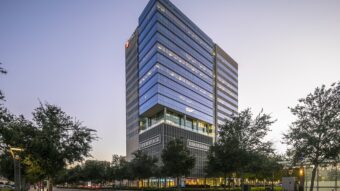The big cities get all the press when it comes to multifamily development. The trend stories are plentiful: Millennials and empty nesters both are flocking to apartment developments in the middle of big Midwest cities such as Minneapolis, Chicago, Indianapolis and Kansas City.
But the truth is more complicated. Plenty of developers are building multifamily projects in the suburbs, too. Living in the city can be exciting, but the suburbs boast plenty of advantages, too, everything from less congestion and noise to more plentiful parking and high-quality public schools.
Greg Warsek, senior vice president and senior regional manager with Chicago’s Associated Bank, recently spoke to Midwest Real Estate News about one form of suburban multifamily development that is especially popular today: the transit-oriented development.
These developments consist of apartments – and sometimes retail and office space, too – located within walking distance of public transportation. In the suburbs case, this often means a train line that heads into downtown.
Warsek said that these suburban TOD projects are popping up across the Chicago metropolitan area, and that other major Midwest cities are seeing the same trend.
“It doesn’t get the same press that the new multifamily developments in the city get,” Warsek said. “Everyone wants to talk about the big migration of companies moving back into the city and how that is driving apartment development in urban areas. But there are plenty of companies that still operate from the suburbs. And there are plenty of transit-oriented developments that are rising now in the suburbs.”
Warsek says that he can look at where Associated Bank is receiving the greatest volume of financing requests and then look at a map of the Metra train line serving Chicago and its suburbs.
The projects are more than often than not located right along the many stops along the rail lines, Warsek said.
“I can almost take a pen and put them in,” Warsek said. “I can see from Lake Forest to Ogilvie station in downtown, there are apartment projects either in process, in planning or already completed at each stop. It just doesn’t get any press.”
Why don’t the TODs in the Chicago suburbs generate much press? Warsek says that suburban apartment TODs are often not large projects. They usually include under 100 units. That puts these projects under the radar when it comes to press, Warsek said.
He pointed to a the mixed-use Kelmscott Park TOD scheduled to open in the summer of 2018 in the northern suburb of Lake Forest. This development only includes 111 apartment units. It is located within walking distance of the train line, but because it’s size is not overly impressive, it hasn’t received quite as much press attention as a similar project might receive in the heart of downtown Chicago.
“People are looking for these projects,” Warsek said. “They don’t necessarily want to live in downtown Chicago. They might need to be in the ‘burbs for different reasons. But they also want to be able to get downtown quickly if they need to. Being close to the suburban train lines is a perk for them.”
Suburban TODs don’t offer the same type of amenity packages common to similar projects in downtown Chicago, Warsek said. Because the projects are usually smaller, especially when they are located in the heart of their suburban locations, developers don’t have the space for expansive amenities such as pools or fitness centers.
The main amenity of suburban TODs is their location near public transportation, Warsek said.
“This is a trend that is gaining momentum,” Warsek said. “A lot of communities that in the past weren’t excited about apartments are now realizing that they need them. A lot of these communities were lacking in apartments. Most have vintage, older-style units. There is a demand now for newer multifamily projects, and we’re seeing developers meeting this need.”



